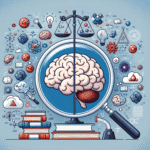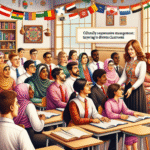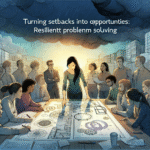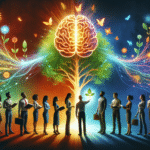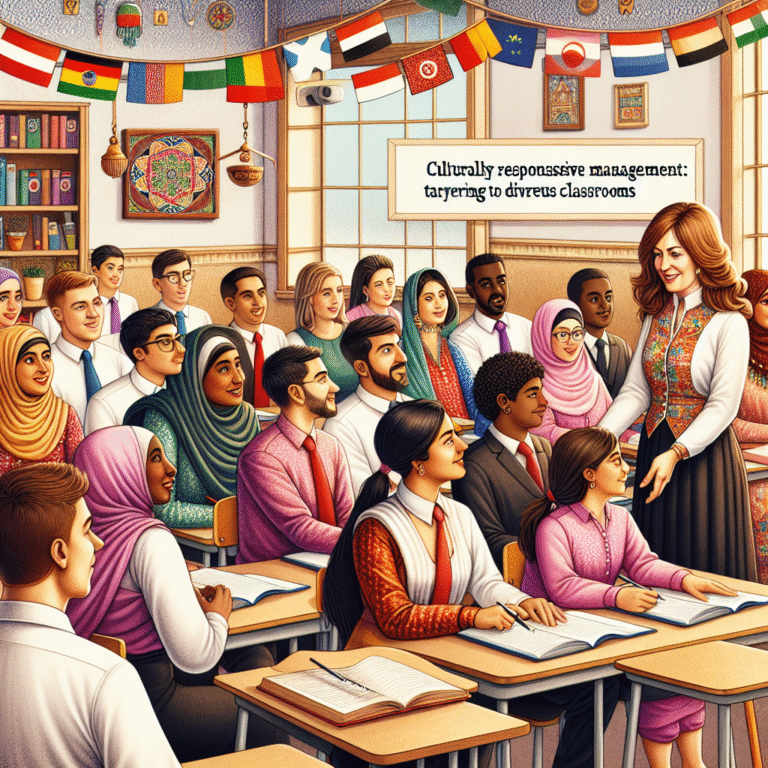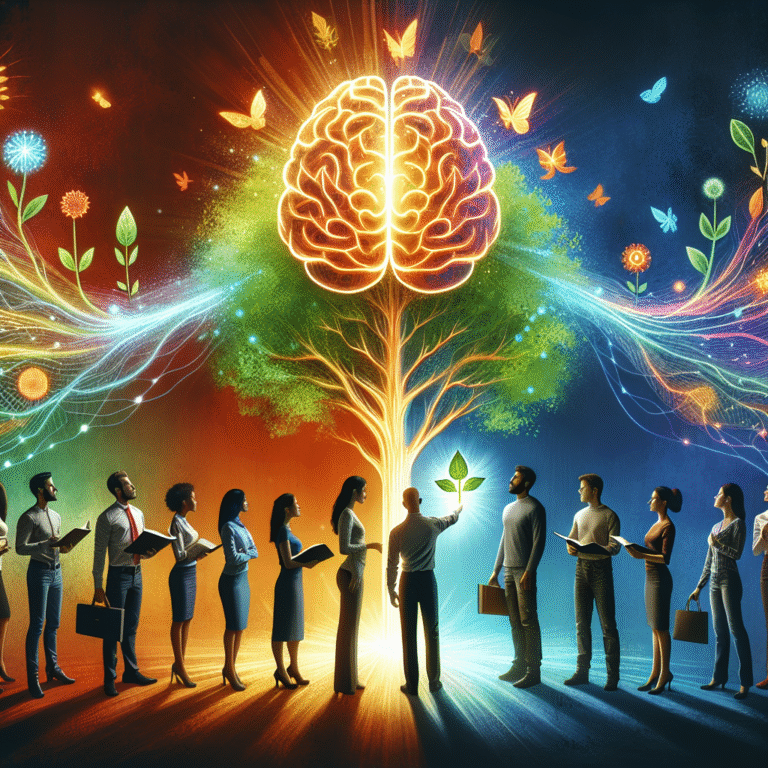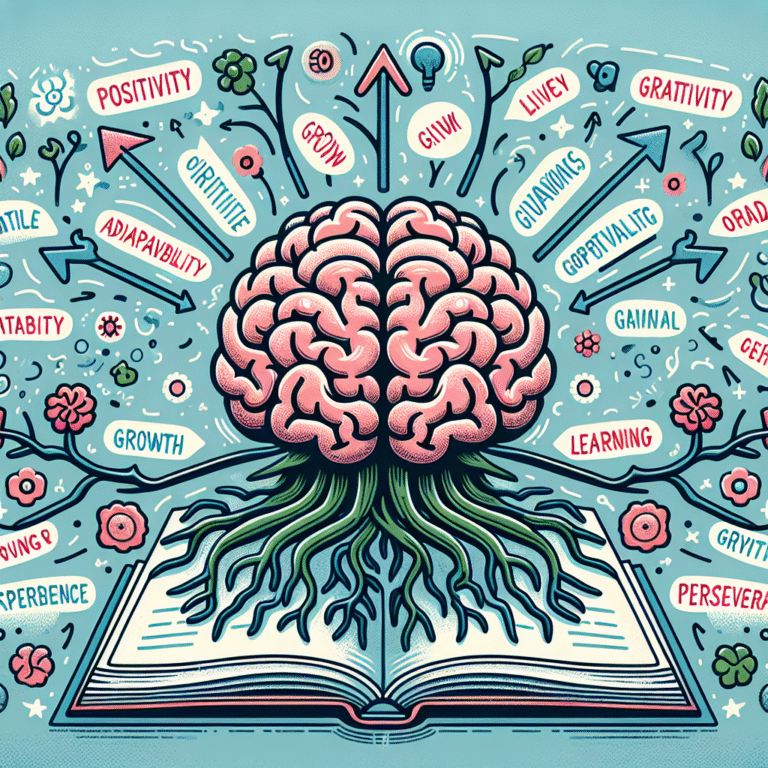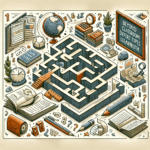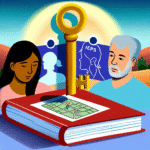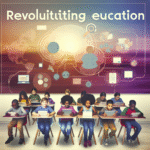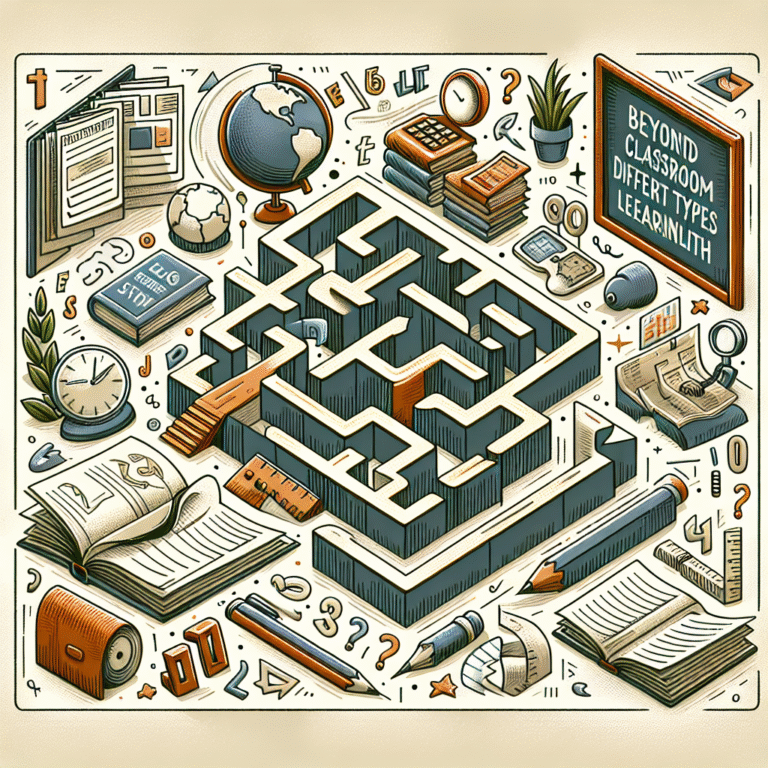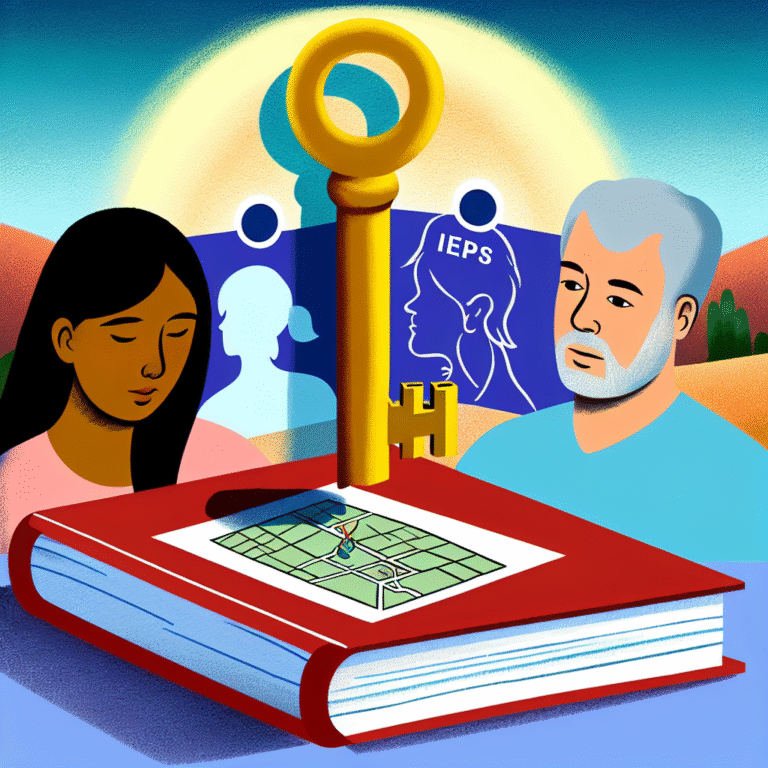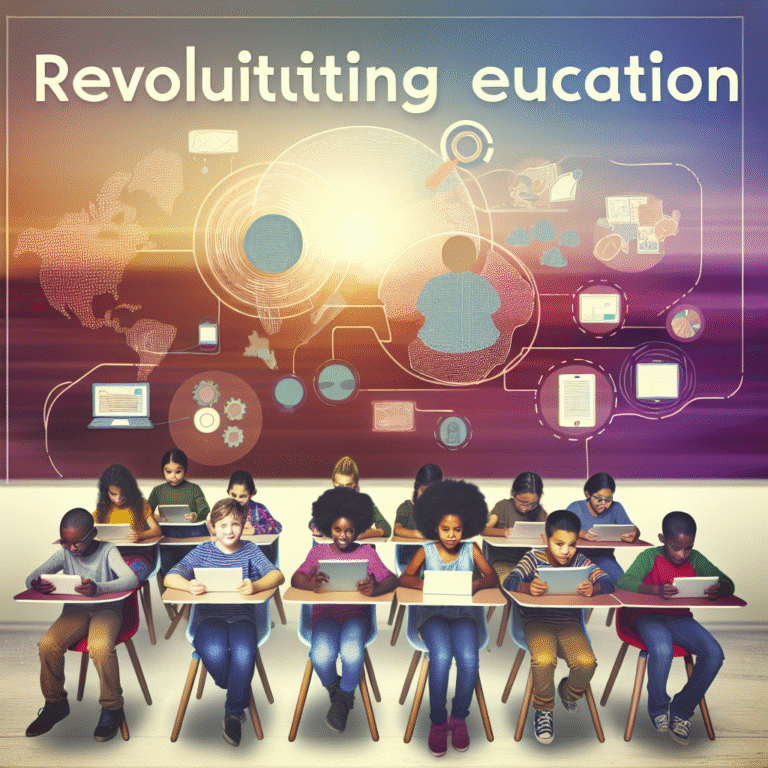
Introduction: The Crucial Connection
In today’s fast-paced educational landscape, the ability to transfer learning from one context to another is paramount. Imagine a student mastering algebraic equations but struggling to apply that knowledge in real-world scenarios. This gap between learned information and practical application is where "Bridging the Gap: Understanding the Transfer of Learning in Education" becomes essential. The pursuit of effective transfer of learning is not just an academic endeavor—it’s a fundamental skill that shapes how individuals navigate their lives and careers. This article will delve deep into the nuances of learning transfer, unravel its complexities, and provide actionable insights for educators and learners alike.
What is Transfer of Learning?
Definition and Importance
Transfer of learning refers to the process through which knowledge, skills, and competencies acquired in one context or situation are applied in another. This phenomenon is critical in education as it impacts problem-solving abilities, critical thinking, and the application of skills in real-world contexts.
Key Types of Transfer
- Positive Transfer: When previously learned knowledge enhances new learning or application.
- Negative Transfer: When prior knowledge hinders the application of new knowledge.
- Near Transfer: Application of skills in similar contexts.
- Far Transfer: Application of skills in drastically different contexts.
Understanding these types is fundamental to "Bridging the Gap: Understanding the Transfer of Learning in Education" and ensuring that students can effectively apply their skills across a spectrum of situations.
Theoretical Frameworks Behind Transfer of Learning
Theories that Illuminate Transfer
Several educational theories elucidate the mechanisms of learning transfer:
Behaviorism: This theory emphasizes observable behaviors and how they can be conditioned. Transfer occurs when stimulus-response patterns are similar across different contexts.
Cognitive Constructivism: Pioneered by theorists like Piaget and Vygotsky, this perspective highlights the individual’s active role in knowledge construction and how prior experiences shape future learning.
- Situated Learning Theory: Suggests that learning is inherently tied to the context in which it occurs. It posits that skills are best transferred when they are practiced in authentic contexts.
Case Study Example: The Power of Context in Learning
A pertinent case closely related to these theories involved a group of high school students trained in algebra in a traditional classroom setup and another group that utilized real-world problem scenarios. The latter group demonstrated significantly better application of their algebra skills in everyday situations, validating the Situated Learning Theory.
Strategies for Facilitating Transfer of Learning
Curriculum Design
To effectively "Bridge the Gap: Understanding the Transfer of Learning in Education," curricula must be designed with transfer in mind. This includes:
Integrating Real-World Applications: Lessons should connect to real-life situations to reinforce the relevance of the knowledge.
- Encouraging Cross-Disciplinary Learning: Skills from various subjects (e.g., math in science) should be integrated to promote transfer.
Instructional Practices
Scaffolding: Providing support and gradually increasing difficulty helps learners connect new knowledge to prior knowledge, facilitating transfer.
- Metacognitive Strategies: Teaching students to think about their own thinking encourages them to reflect on how they can apply learned concepts in different contexts.
Engaging Assessments
The assessment methods can significantly impact the transfer of learning. Utilizing performance-based assessments or project-based learning can assess students’ abilities to apply knowledge creatively and effectively.
The Role of Technology in Learning Transfer
Digital Tools and Resources
In the digital age, technology has become an essential tool in "Bridging the Gap: Understanding the Transfer of Learning in Education." Platforms like simulations, gamification, and interactive online courses contribute to deeper learning experiences, enabling better transfer.
Case Study Example: Gamified Learning
A notable case is the use of gamified learning platforms, such as Kahoot! and Minecraft: Education Edition, which encourage collaborative problem-solving and critical thinking. Students who engaged with these platforms showcased increased retention and transfer of knowledge.
Challenges in Facilitating Transfer of Learning
Identifying Barriers
Several barriers can impede effective transfer, including:
- Lack of Relevance: If students do not see the connection between what they learn and real life, transfer is unlikely to occur.
- Misconceptions: Existing misconceptions can hinder the application of new knowledge, making it crucial for educators to address prior knowledge gaps.
Strategies to Overcome Barriers
- Building Connections: Educators should explicitly make connections between content areas, demonstrating how they interrelate.
- Continuous Feedback: Providing ongoing feedback helps learners adjust their understanding and approach, fostering better transfer.
Tabulating Key Insights
| Aspect | Example/Description |
|---|---|
| Types of Transfer | Positive, Negative, Near, Far |
| Theoretical Frameworks | Behaviorism, Cognitive Constructivism, Situated Learning |
| Effective Strategies | Integrating Real-World Applications, Cross-Disciplinary Learning, Scaffolding, Metacognitive Strategies |
| Technology’s Role | Gamification, Digital Simulations, Interactive Online Learning Platforms |
| Challenges | Lack of Relevance, Misconceptions |
Conclusion: The Path Forward
"Bridging the Gap: Understanding the Transfer of Learning in Education" is not merely an academic exercise; it is essential for preparing students to thrive in an increasingly complex world. Educators must be equipped with strategies that promote meaningful learning experiences, facilitating the transfer of knowledge in ways that resonate beyond the classroom.
Creative methodologies, effective curricula design, and the innovative use of technology can create an environment where learning transfers not just exist, but flourish. It is this vision that educators and learners alike must strive for, ensuring that the gap between knowledge and application is not only bridged but embraced.
FAQs
1. What is transfer of learning?
Transfer of learning is the process through which knowledge and skills learned in one situation are applied to another, significantly impacting how well individuals solve problems and think critically.
2. Why is transfer of learning important in education?
Transfer of learning is essential because it enables students to apply their knowledge in real-world situations, fostering critical thinking and problem-solving skills.
3. How can educators facilitate transfer of learning?
Educators can facilitate transfer through curriculum design that integrates real-world applications, effective instructional practices like scaffolding, and using engaging assessments.
4. What role does technology play in transfer of learning?
Technology enhances transfer by providing interactive and engaging learning experiences, such as simulations and gamified learning platforms, which reinforce knowledge application.
5. What are common barriers to transfer of learning?
Common barriers include a lack of relevance in the material, misconceptions based on prior knowledge, and insufficient connection-making between different content areas.
By understanding these questions and exploring the strategies and theories that shape the transfer of learning, educators and learners can work together to effectively bridge the gap and achieve educational success.
